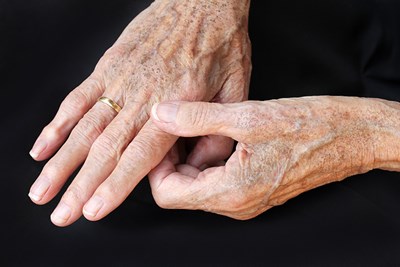Liver spots, also called age spots or solar lentigines, are small, flat, harmless spots that form on the skin. Even though they may resemble skin cancer, they are benign. While there are several options on the market claiming to reduce the appearance of or altogether remove age liver spots, these can be expensive and ineffective. Prevention, as in many things, is generally the best cure. But in order to prevent the development of liver spots, you have to know why they develop. Here is a look at the causes of age spots.
Melanocytes and Melanin
Under the skin’s surface, there are skin cells called melanocytes, which produce melanin. Melanin is the chemical that gives color to the eyes, skin, and hair. Effectively, liver spots are created when melanocytes in certain areas of the skin produce much more melanin than usual. This process occurs naturally, but it is much more obvious in people with a paler complexion.
However, the sun and other forms of UV light exposure also play a large role in the production of melanin. As the body ages, liver spots become more apparent from all the years of exposure to these types of light. Melanin forms in excess in a small area or several small areas, clustering together to form liver spots.
UV Light Exposure
Ultimately, sun and age are the leading combination of factors that cause for liver spots. They may appear in varying shades of brown, or even black. The lighter the skin, the more obvious the age spots become; thus, they tend to be more prominent on fairer skin—even among younger populations. Areas of the body with more exposure to UV light are more likely to develop liver spots, particularly the shoulders or upper back, face, arms, and hands.



